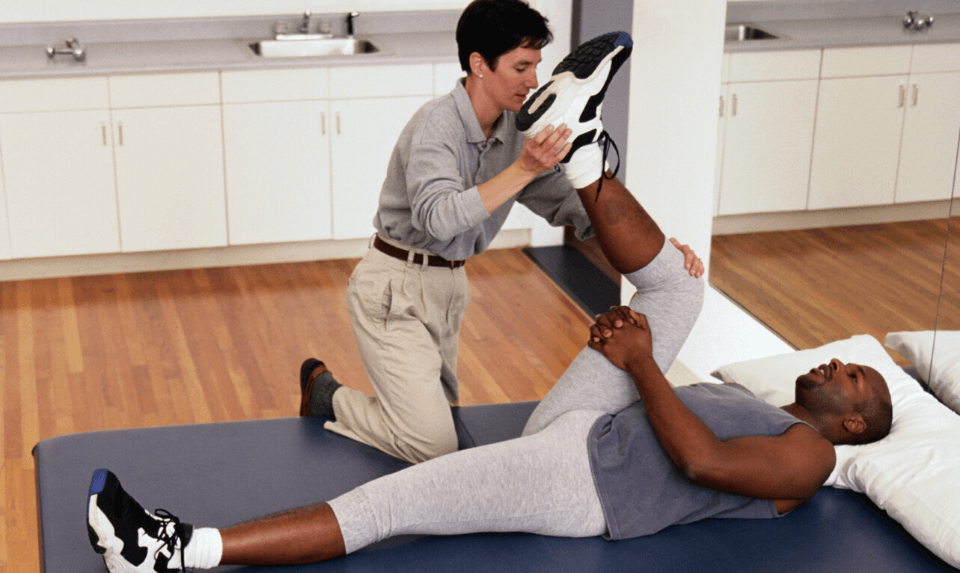
Orthopedic physical therapy is a practice that concentrates on enhancing the use of your orthopedic system—those essential joints, muscles, tendons, bones, and ligaments.
Imagine if you had no bones, tendons, muscles, joints, or ligaments. ; there would not be enough you can do. Now imagine what life is like when your bones, tendons, muscles, joints, and ligaments are not performing well. It is painful to move. You cannot do what you enjoy. Your life could be limited by:
- Swelling
- Immobility
- Stiffness
- Pain
- Weakness
What Ailments Can Benefit from Orthopedic Physical Therapy?
You could benefit from orthopedic physical therapy if you become injured or are bordering the possibility of operation. You had a sports-related injury, a fall, or an injury from repetitious usage of a joint.
Therapy is centered on assisting you to build up your flexibility, range of motion, and strength. Orthopedic PT is intended to get you back on your feet and appreciating life once more.
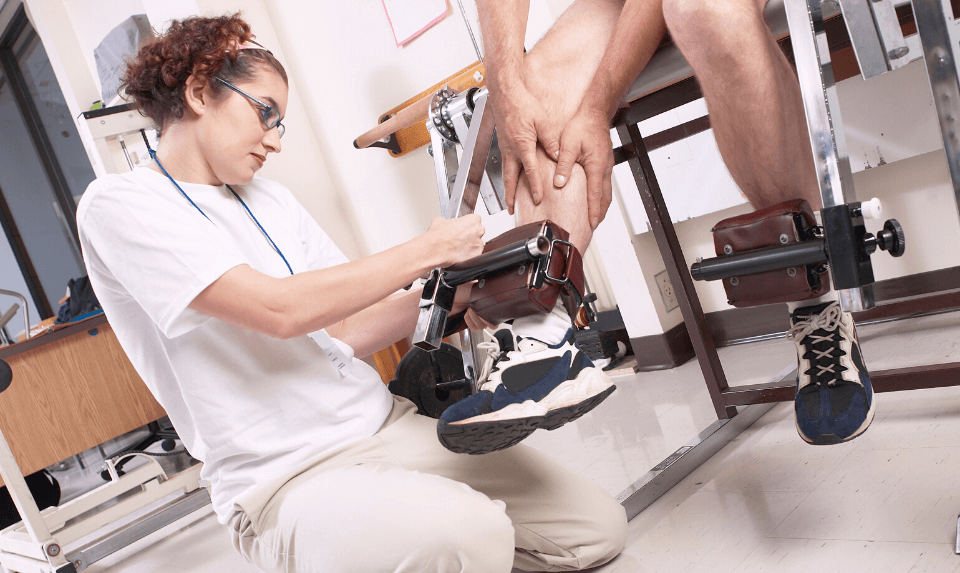
If you have an injury or illness to any part of your body that is influencing your capability to conduct daily activities or move, you may benefit from physical therapy.
How Can an Orthopedic Physical Therapist Help?
Training is a significant factor in your return. It can feel like work, but it is work with a goal. Your physical therapist will lead you expertly through the therapeutic process by providing your workouts for your effort.
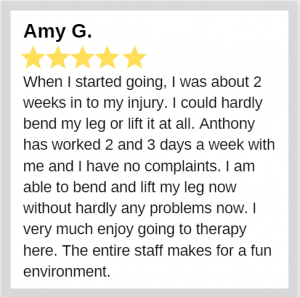
A therapist who practices in skeletal and muscular conditions will be best adjusted to assist you. They will identify how far to urge you to go to notice good effects without causing you reinjury or distress.
Five tools may be utilized throughout your sessions:
Therapeutic Modalities
You may see great results from a diversity of therapies such as ice, heat, laser, electrical stimulation, dry needling, water, and ultrasound. These are utilized to enhance your flexibility and blood flow, increase relaxation, reduce swelling, and, most importantly, lessen your pain level.
Assistive Devices
Devices such as walkers, crutches, slings, canes, and braces may be either used through a session or suggested for you to utilize at home.
Evaluation and Assessment
The therapist will start your medication with an accurate evaluation that looks at your indications, how you move, and how this influences your everyday life. During your treatment session, you will be evaluated periodically for outcomes such as your range of motion, level of pain, balance, posture, and strength.
Massage and Mobilization
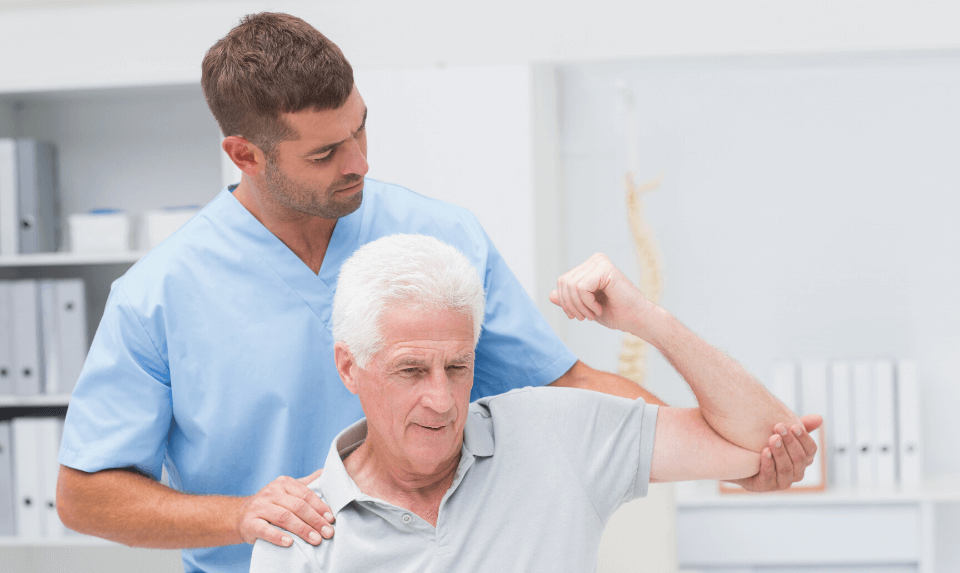
A vital part of retraining your body to work as it should is to get the joints and muscles moving. The therapist may assist by applying soft tissue massage to reduce stiffness and improve blood flow. You also may get standard hands-on therapy, where your muscles and joints are moved for you by the therapist.
Exercise
The first four tools are items that the therapist will do for you to aid your movement to improve. But a necessary part of therapy is your activity. You will require a variety of recovery exercises – either at the physical therapy clinic or at home – that are intended to assist you completely recover.
You will do activities that are intended to increase and improve your:
- Strength
- Balance
- Range of motion
- Functional mobility
- Flexibility
- Endurance
Training is usually the most challenging part of your therapy, but it is where you require to put in the most work. Your PT will be able to conduct you through the method expertly.
Tips to Get the Best Effects of Orthopedic Physical Therapy
Orthopedic physical therapy is just one part of a comprehensive health care program. Three fundamental tips can assist you in getting the most beneficial results from your sessions.
See the Right Person
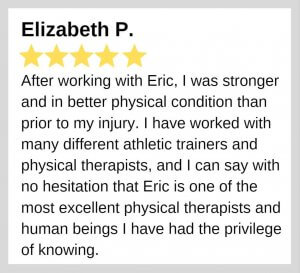
Make sure your picked therapist is qualified to treat your particular situation. For example, you can ask for an Orthopedic Certified Specialist (OCS). Or you can request a doctor to lead you to a health care provider with the skills to fit your requirements.
Get Involved
You will notice the best effects if you take accountability for your betterment. Make sure that you ask any questions you have before you begin. Let your therapist perceive what is happening for you, and if an exercise is hurting or helping you. Health experts are not mind-readers.
Be realistic about what you are doing and what works. Asking questions and providing absolute answers will assist you in getting more favorable effects.
Work Hard
Set a goal for what you need to achieve and keep that aim in mind. Your PT has the specific medical expertise to identify when to urge you to continue even when it isn’t very easy. Give it your all when you are in course with your therapist, and follow the actions you are assigned to do at home.
Your therapist will work alongside you to get you back to your active life. But you are a vital part of the method. Work when you require to work. Remember to pause when you need to pause.
If you place your best effort into partnering with your health care team, you can safely and quickly recover function at your best probable level of mobility and health.
[do_widget id=recent-posts-2]
[do_widget id=categories-2]

Precision Sports Physical Therapy is committed to helping you increase your quality of life by being the best version of yourself.
Services
Injury Recovery
Manual Therapy
Strength And Conditioning
Functional Movement Screening
Sports-Specific-Rehab and Training
Return to Sports Training

Precision Sports Physical Therapy is committed to helping you increase your quality of life by being the best version of yourself.
Services
Injury Recovery
Manual Therapy
Strength And Conditioning
Functional Movement Screening
Sports-Specific-Rehab and Training
Return to Sports Training
